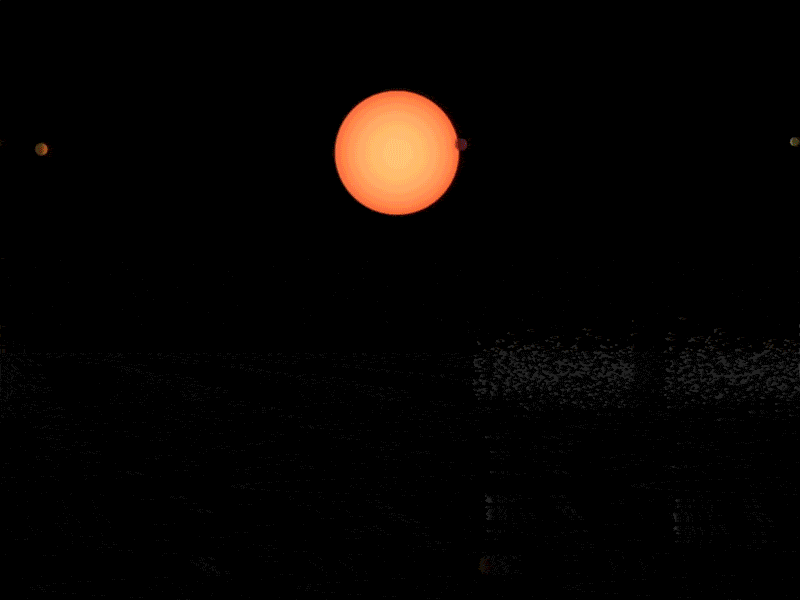Every two years, the Norwegian Academy of Science and Letters awards the Kavli Prizes, recognizing extraordinary achievements in astrophysics, nanoscience, and neuroscience. Akin to the Nobel Prizes (but covering different fields), they come with widespread recognition, a prestigious medal, and a US$1,000,000 prize for the laureates.
This year, the astrophysics prizes were awarded to pioneers of extraterrestrial life: David Charbonneau and Sara Seager, for their pioneering work in discovering and characterizing exoplanets and their atmospheres.
Astrophysics: Unveiling the Mysteries of Exoplanets

David Charbonneau has one of the coolest jobs you can imagine. His research focuses on developing new ways to find exoplanets and study them — and he is very good at it. Charbonneau is currently a member of the NASA Kepler Mission Team and was a founding member of the Trans-Atlantic Exoplanet Survey, which used a worldwide network of humble telescopes to survey hundreds of thousands of stars and detected 5 exoplanets. However, he is probably most known for pioneering the transit method.
This method, which measures the dimming of a star as a planet passes in front of it, was pivotal in the first studies of exoplanetary atmospheres. Charbonneau’s innovative use of space-based observatories, such as the Hubble and Spitzer Space Telescopes, allowed for the measurement of molecular spectra in exoplanetary atmospheres, advancing our ability to detect chemical signatures indicative of life.

Charbonneau was encouraged to apply to the graduate program in astronomy at Harvard, which kicked off his illustrious career, by his friend Sara Seager. Seager, whose work is just as important and transformative, is the other Kavli laureate in astrophysics.
Seagar is one of the leading experts on exoplanets and their atmospheres. She predicted the presence of atomic and molecular species in exoplanetary atmospheres detectable by transit spectroscopy. An important part of her work also focused on Earth analogues — planets that have environmental conditions similar to Earth (and are particularly interesting from an extraterrestrial life perspective). She’s been so prolific at her work that at some point, NASA dubbed her “an astronomical Indiana Jones.”
Together, Charbonneau and Seager’s contributions have laid the foundation for the rapid progress seen in exoplanetary science over the past two decades, bringing humanity closer to answering the age-old question of whether we are alone in the universe.
“Humans have always looked towards the stars for discoveries. The pivotal research conducted by Seager and Charbonneau has been an important first step towards finding new planets and strong evidence of life elsewhere in the universe,” remarked Viggo Hansteen, Chair of the Astrophysics Committee.
Nanoscience: Revolutionizing Biomedical Applications
For decades, the promise of nanoscience in medicine has been tantalizingly close. The 2024 Kavli Prize in Nanoscience honors Robert S. Langer, Armand Paul Alivisatos, and Chad A. Mirkin, who have made this promise a reality, integrating nanoscale materials for biomedical use in therapeutics, vaccines, bioimaging, and diagnostics.

Langer revolutionized drug delivery systems by developing nano-engineered materials that allow for controlled release of drug molecules. This technology has significantly impacted the treatment of a wide array of diseases such as brain cancer, prostate cancer, and schizophrenia. Langer’s work on proteins also paved the way for the development of mRNA vaccines, which have been crucial in the fight against COVID-19.
Meanwhile, Armand Paul Alivisatos made significant strides with semiconductor nanocrystals, or quantum dots, which emit bright, size-dependent light. His synthesis of biocompatible nanocrystals has enabled their use as multicolor probes in bioimaging and quantum dots are now essential tools for live cell tracking, labeling, and in vivo imaging, providing unprecedented insights into cellular processes.
Chad A. Mirkin also worked in biodiagnostic. He created spherical nucleic acids (SNAs) by using gold nanoparticles as a core with DNA or RNA strands forming a shell, and used them in medical diagnostics. His work has led to the development of fast, automated point-of-care diagnostic systems, improving the accuracy and speed of disease detection.
Neuroscience: Decoding the Brain’s Facial Recognition System

Nowadays, we’re all hearing about AI facial recognition systems, but what about our own brain’s facial recognition system?
The brain processes faces unlike anything else, but figuring out the inner workings of this system took a lot of work. Nancy Kanwisher was the first to identify a specific region in the human neocortex dedicated to face recognition — the region is called the fusiform face area (FFA).
Although we don’t yet fully understand the function of this area, Kanwisher used functional magnetic resonance imaging (fMRI) to demonstrate individual differences in the location of this area and developed techniques to localize specialized brain regions. This groundbreaking work has been widely applied in neuroscience, beyond face recognition.
Winrich Freiwald and Doris Tsao expanded on Kanwisher’s findings by mapping six distinct brain regions in macaques that form the face patch system. They showed how these regions are functionally specialized and interconnected, revealing how individual brain cells respond to different facial features.
Tsao’s identification of a coding system for facial features in the brain has been particularly influential, showing how single cells assemble facial information. Meanwhile, Freiwald showed that a separate brain region, called the temporal pole, accelerates our recognition of familiar faces — and some cells are particularly responsible for specific faces.
This year’s laureates have demonstrated exceptional hard work and dedication, as well as remarkable creativity in pushing the boundaries of knowledge and opening new avenues for future research.
From uncovering the secrets of distant worlds to engineering nanoscale solutions for health and decoding the intricacies of the human brain, the 2024 Kavli Prize is a good moment to celebrate just how far science has come — and how far it still has to go.
Was this helpful?
Thanks for your feedback!
This story originally appeared on ZME Science. Want to get smarter every day? Subscribe to our newsletter and stay ahead with the latest science news.
